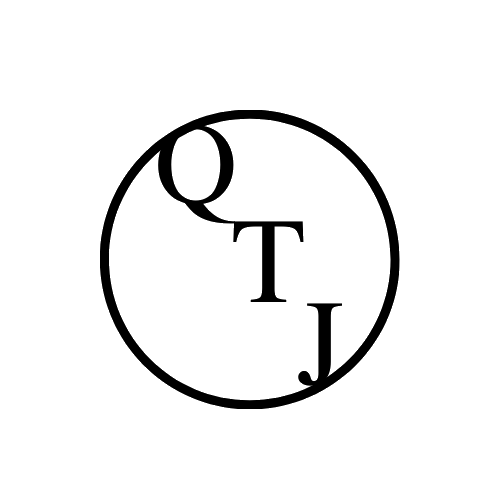Ethical Diamond Practices and Rapaport Pricing
Ethical Diamond Practices
We can confidently state that the diamonds carried by Q & T Jewelry originate from a conflict-free source—not just because we are highly involved in the entire diamond manufacturing process, but also because of an industry-wide set of policy known as the Kimberly Process.
The Kimberly Process is an international system established in 2003 to monitor the trade of rough diamonds. Spearheaded by the United Nations, this process requires all diamond shipments crossing international borders to be sent in tamper-resistant containers with government-validated certificates. All certificates are forgery-resistant and are uniquely numbered to match each shipment.
The Rapaport Price List
The Rapaport price list is the agreed-upon source of diamond pricing information used in the diamond industry today. It provides a consistent pricing guideline based on diamond weight, color, and clarity.
Depending on the diamond’s certificate, quality, cut, and fluorescence, the diamond may be traded at, above, or below the Rapaport price.
For more information about the Rapaport price list, please visit www.diamonds.net.
Fancy Colored Diamonds & Diamond Fluorescence
Fancy Colored Diamonds
In addition to the traditional white diamond, diamonds can also occur in just about any color you can imagine: blue, pink, yellow, and even green. These special diamonds are known as “fancy colored diamonds,” and are extremely rare due to the unique geological conditions required to create them.
Unlike the more common white diamonds, the color intensity is more highly prized than brilliance when it comes to fancy colored diamonds. The deeper and more distinct the color, the higher the grade.
The Gemological Institute of America evaluates fancy colored diamonds based on three different characteristics: hue (the color), tone (the lightness or darkness of the color), and saturation (the depth or strength of the color).
Based on the diamond’s score in these three areas, the Gemological Institute of America classifies fancy colored diamonds according to these 9 categories:
Faint
Very Light
Light
Fancy Light
Fancy Dark
Fancy Intense
Fancy Deep
Fancy Vivid
Although fancy colored diamonds are exceedingly rare, the Q & T Jewelry promise still stands: If we don’t have it, we can find it!
Diamond Fluorescence
The term “fluorescence” refers to the visible light emitted by some diamonds when exposed to ultraviolet rays. A diamond that fluoresces has the same integrity as one with no reaction to ultraviolet rays.
GIA studies show that, for the overwhelming majority of diamonds, the strength of fluorescence has no widely noticeable effect on appearance. In many instances, observers prefer the appearance of diamonds that have up to a medium fluorescence. In rare cases, some diamonds with extremely strong fluorescence may appear hazy or oily, but less than 0.2% of the fluorescent diamonds submitted to GIA for grading exhibit this effect.
The Four C's
Diamonds come in all shapes, sizes, and colors. They can be treated, cut, and polished to take on new looks, but the underlying quality remains the same. When you buy a diamond from Q & T Jewelry, you know that you are buying a sparkling, eye-catching diamond of exceptional quality and value. Jewelers often refer to the Four C’s of Diamonds, which are described below. Our jewelers will guide you through the selection process, discussing each of the Four C’s with you and making sure that the diamond you take home is one that you will love forever.
The First C: Cut
Cut is widely considered to be the most important contributing factor to the brilliance of a diamond. Although cut is often misinterpreted as a diamond’s shape, it actually refers to the proportions and finish of the diamond.
Cut is graded on a scale that ranges from Excellent to Poor. The diamond’s rating on this scale is determined by the diamond’s brightness, fire, scintillation, weight ratio, polish, and symmetry.
Generally speaking, a diamond should not be cut too shallow or too deep—the perfect cut will bring out maximum light return and sparkle inherent in each stone. Most importantly, the quality of the cut can mask other diamond characteristics. It is important to remember that color, clarity, and even carat weight are determined mainly by Mother Nature. However, cut is a factor determined and engineered by man to maximize brilliance and sparkle.
The Second C: Carat Weight
Every carat is divided into 100 points. For example, a 125-point diamond is 1¼ carats.
The Third C: Color
The color of a diamond refers to the amount of color it contains, and all diamonds fall somewhere on the spectrum of colorless to yellow. When you hear a jeweler talk about a diamond with “good color,” that actually means “no color.”
The Third C: Clarity
The clarity of a diamond describes the diamond’s purity. Almost all diamonds contain tiny natural marks called “inclusions” or “flaws.” The diamond’s clarity grade is determined by the number of inclusions or flaws and their size, nature, and location.


